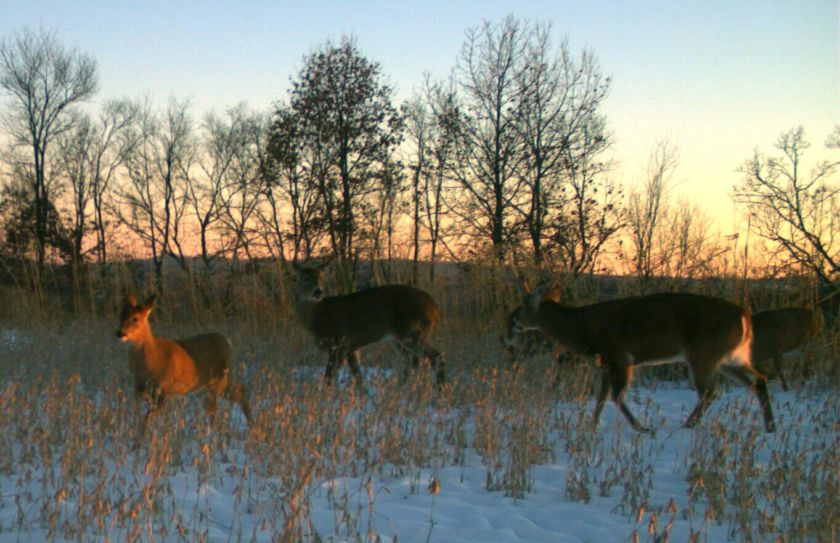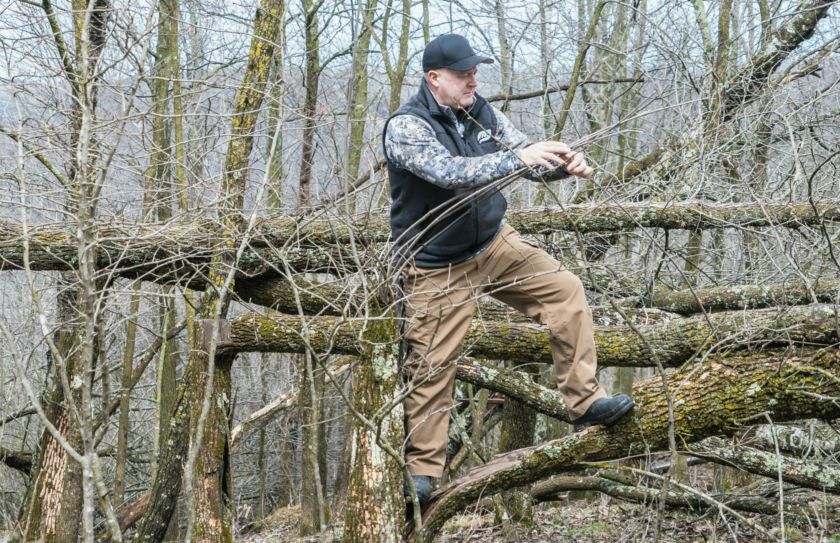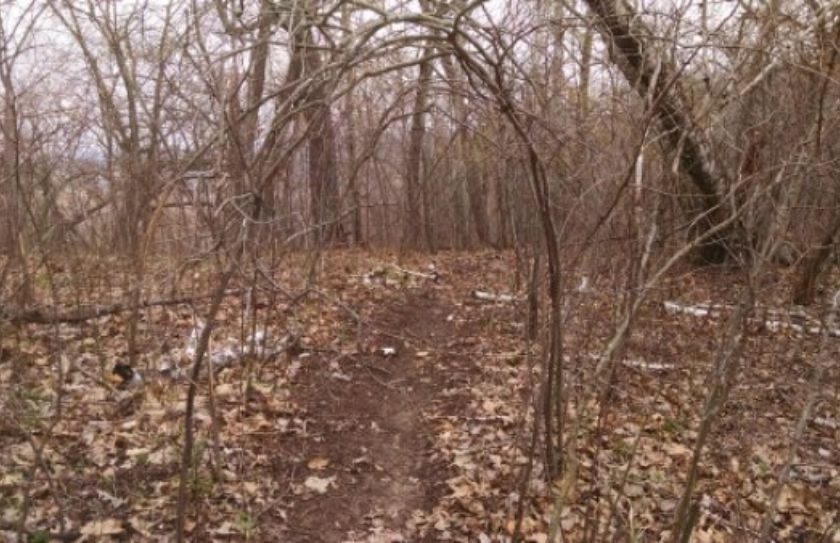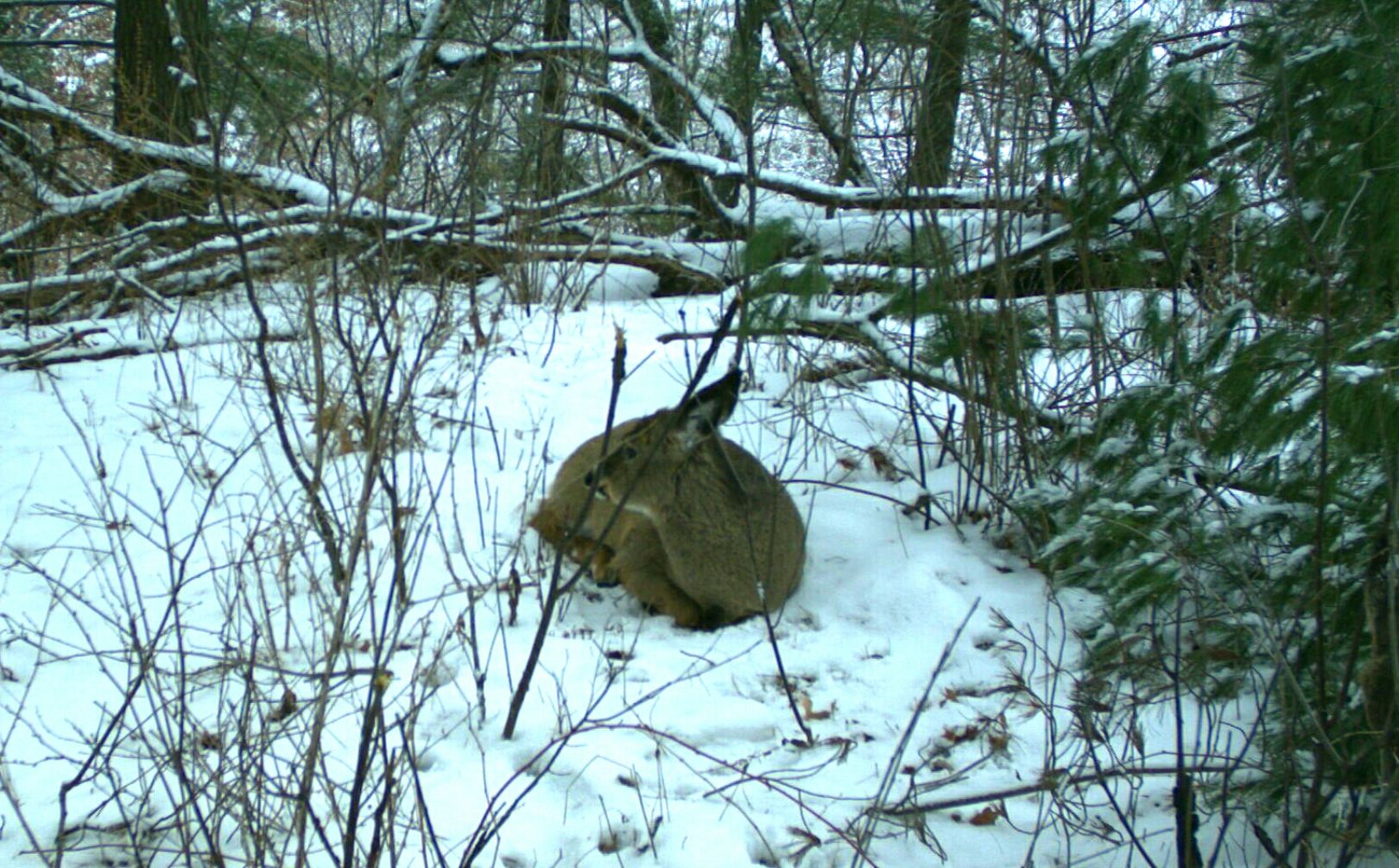
What is the most important cover for whitetails? Side Cover. Without any form of side cover, you completely lack one of the most necessary and sacred components of cover for whitetails, in the form of true Bedding Cover.

*High level whitetail bedding cover management has more to do with the strategy of balance and location, than it does the perfect buck bed. Make sure to check out my recently completely trilogy of whitetail strategy books, The series of "Whitetail Success by Design", which details how to make sure that you are getting the highest level of strategy, for all of your whitetail efforts.
What is side cover?
Side cover comes in many shapes and forms, including: Various quality grasses and weeds, hardwood regen, varying topography, discarded tops and logs, berms, rock outcroppings and basically anything that keeps a deer from seeing you, and you from seeing a deer
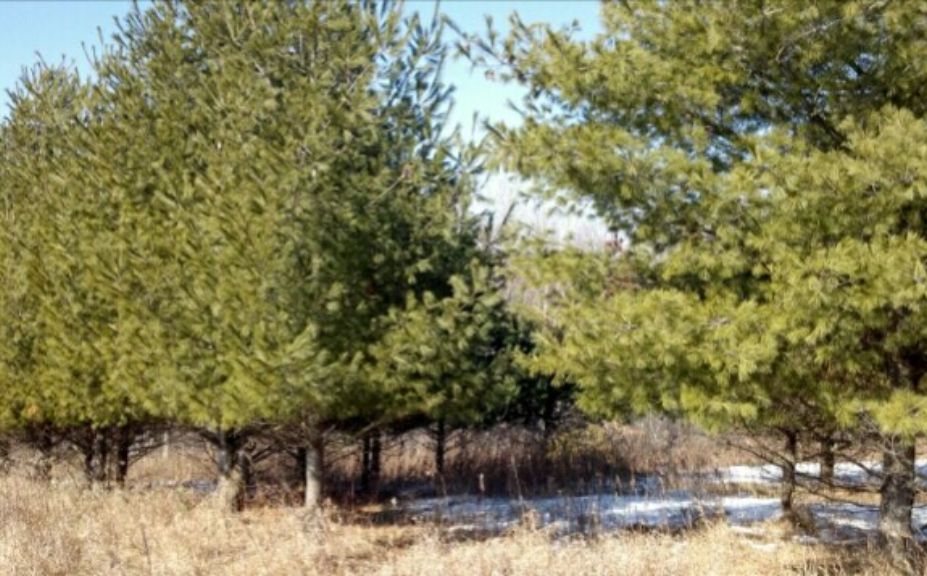
*Need some more bedding info? check out "Deer Bedding Location Myths".
This is one of the best bedding areas that I know:
This small patch of white pines, grasses and golden rod, houses whitetails the entire hunting season. In fact, in the past, this location annually housed our #1 daytime trail cam set, for mature buck activity. Any deer that is bedded within this cover, is completely hidden, and given that hunters never actually walk through the small, 2 acre patch of cover; deer are rarely spooked during the entire hunting season. To help you imagine the importance of side cover for whitetails, I would like you to mentally remove all of the weeds and grasses in this picture. Once you remove the various pieces of side cover, you still have a great canopy, provided by the White Pines. However, you are left without a bedding area, because from front to back and side to side, not one deer could truly be hidden. In fact with the side cover removed, you could spot a deer from over 300 yards away across the cow pasture, and from any other angle that surroundes the area.
Now, imagine that the pines have been removed:
The result? The area is still a bedding area. Deer can still be protected, they can still be hidden, and not only can we not see them, buy they still can't see us. Also, they will still enjoy the thermal and daytime forage properties, that the various weeds and grasses provide.
Could the pines help?
The pines could certainly enhance the bedding area, just like hardwood regen could, as well as the addition of various forms of shrub growth. Each is a form of cover for whitetail bedding habitat (grasses/weeds,hardwood regen, conifer, shrubs), and the greater the level of diversity you find in one spot, the better. However, as a stand alone bedding area without pines, in an area defined by giant hardwood ridges, pastures and open ag land, a 2 acre field of various weeds and grasses without pine canopy, is at a bare minimum, a highly adequate bedding area.
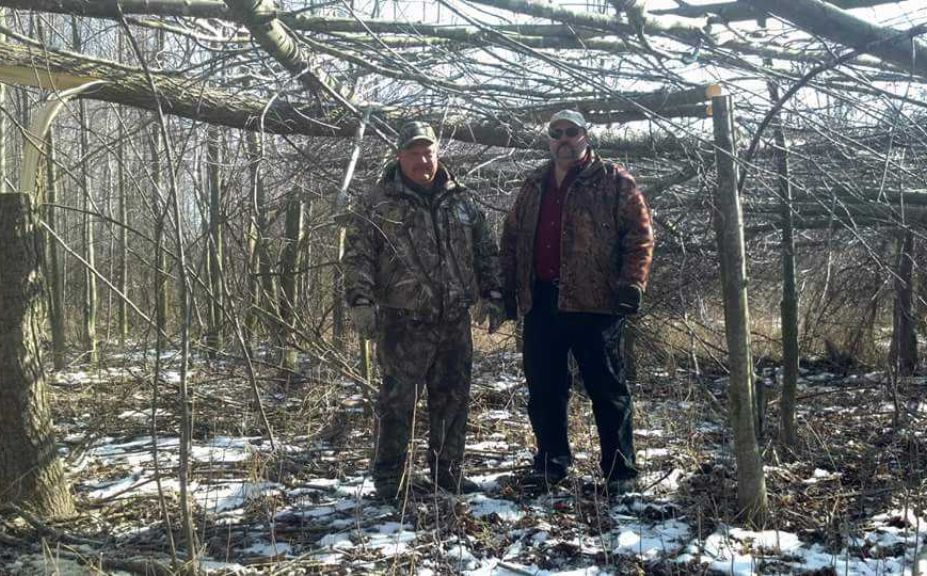
*The importance of a buck bedding canopy, is one of the greatest whitetail bedding cover misunderstandings. To make sure that your land is on the right track, check out "The Top 10 Whitetail Habitat Management Myths".
Side Cover For Whitetails:
Side cover is the most basic form of cover for whitetails, that can be found. You can remove the canopy and still have an exceptional cover for whitetails, but if your remove the side cover, you have no cover at all.
Do deer need to be hidden from planes, birds and clouds? No. However, they do need to hide from predators, including the greatest predator of all: Man, and to hide from "man", a deer needs side cover.
